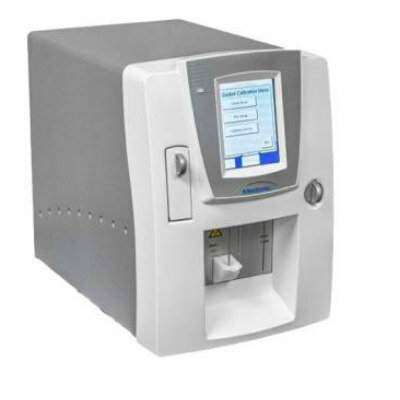New Genetic Factors Involved in Sudden Unexpected Death in Children
By LabMedica International staff writers
Posted on 29 Apr 2021
About 10% of deaths in infants and children occur suddenly and have no apparent cause. Sudden Unexpected Death in Pediatrics (SUDP) encompasses several related phenomena, including Sudden Infant Death Syndrome (SIDS), Sudden Unexplained Death in Childhood (SUDC), and Sudden Unexpected Infant Death (SUID).Posted on 29 Apr 2021
The most widely accepted explanation for these unexplained deaths, is that children with an intrinsic, or genetic, predisposition experience some sort of extrinsic risk, such as soft bedding or a certain sleep position, during a critical period of their development. A new study has found several genes with functions in neurological disease or systemic/syndromic conditions that had not previously been implicated in the SUDP.

Image: New genetic factors involved in Sudden Unexpected Death in Pediatrics (SUDP) have been revealed by combining exome sequencing analysis with detailed phenotyping (Photo courtesy of Boston Children`s Hospital)
Medical Scientists at the Boston Children's Hospital (Boston, MA, USA) and their colleagues surveyed a total of 352 SUDP cases, including 73 with parental samples. The age of death in these children ranged from one day to 11 years, with an average of six months, and the team obtained detailed phenotypic descriptions for them. The investigators conducted exome sequencing and analyzed the data for rare damaging variants in genes involved in neurological, cardiac, and systemic or syndromic disease mechanisms, a list of 294 potential SUDP genes. They classified variants as pathogenic, likely pathogenic, and variants of uncertain significance (VUS) and introduced an additional category, called VUS-favor pathogenic (VUS-FP).
In a proband-only analysis, they identified 109 rare damaging variants in 98 probands, or 28% of which 12 were classified as pathogenic or likely pathogenic and 17 as VUS-FP. This was a higher burden of such variants than in healthy controls. In addition, an analysis of the parent-proband exome data uncovered 51 de novo variants, of which eight were classified as pathogenic/likely pathogenic or VUS-FP, as well as 13 X-linked maternally inherited variants. A burden analysis found that SUDP trios had almost three times more rare damaging de novo variants than controls, suggesting that these variants play a causal role.
Overall, the scientists identified 38 rare damaging variants, 16 pathogenic or likely pathogenic and 22 VUS-FP variants in the SUDP cases, accounting for 11% of all cases. Of those, 14 were in neurological, 18 in cardiac, and six in systemic/syndromic disease genes. Variants in cardiac disease genes all occurred in children who died within their first year of life.
The authors concluded that their results suggest that genetic factors play an important role in SUDP. The findings can provide bereaved parents with an explanation of why their child died, help identify at-risk family members, and lead to counseling about recurrence risk. The study was presented at the American College of Medical Genetics and Genomics annual clinical meeting held virtually on 13-16 April, 2021.
Related Links:
Boston Children's Hospital












